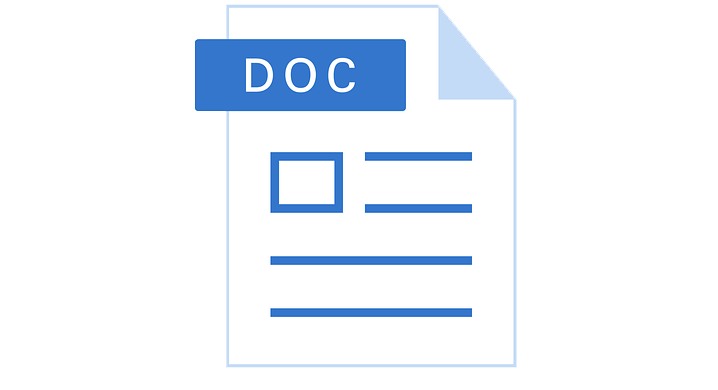Gambaran Pinsip-Pinsip Komunikasi Efektif Perawat di Rawat Inap Rumah Sakit Umum Madina Bukittinggi Tahun 2025
DOI:
https://doi.org/10.58705/jpm.v4i5.383Keywords:
Respect, Empathy, Audible, Clarity, HumbleAbstract
Introduction: Effective communication is a crucial component in health services, especially in the context of the role of nurses as the front line in inpatient services. Objective: This study aims to determine the frequency distribution of respect in effective communication of nurses in the inpatient ward, to determine the frequency distribution of empathy in effective communication of nurses in the inpatient ward, to determine the frequency distribution of audible in effective communication of nurses in the inpatient ward, to determine the frequency distribution of clarity in effective communication of nurses in the inpatient ward, to determine the frequency distribution of humble in effective communication of nurses in the inpatient ward. Method: This study uses a quantitative descriptive approach with a sampling technique using the Accidental Sampling method for 35 patients who have undergone treatment for more than 24 hours in the inpatient ward of Madina General Hospital Bukittinggi on May 1 to May 16, 2025. The instrument used in this study is a closed questionnaire. Results: The research findings show that most of the principles of effective communication have not been optimally implemented by nurses, with details: Respect (17% less good), Empathy (22% less good), Audible (12% less good), Clarity (20% less good), and Humble (18% less good). Conclusion: It can be concluded that most nurses have not shown adequate respect to patients, nurses still do not understand the emotional conditions and feelings of patients, the nurses' voices when conveying information are not clear and audible to patients, most of the nurses' communications are unclear and not easy to understand, the nurses' humility is also not good towards patients. Communication carried out by nurses in general still needs to be improved, especially in aspects of appreciation, clarity of messages, and openness. Therefore, regular training and periodic evaluation are needed to improve the quality of communication and services in hospitals.
Downloads
Published
How to Cite
License
Copyright (c) 2025 Jurnal Penelitian Multidisiplin

This work is licensed under a Creative Commons Attribution 4.0 International License.








